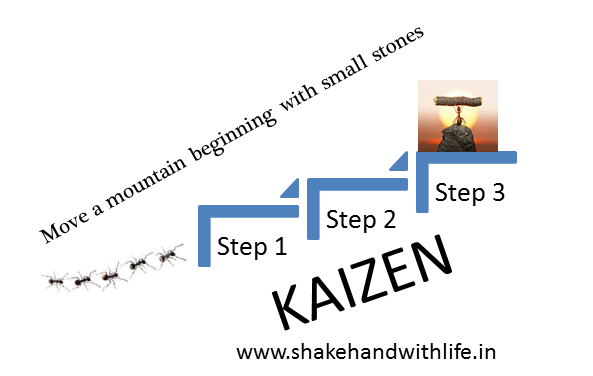Leadership is always an important characteristics for the quality professionals. Here 12 significant traits of quality leaders are given.
1. Attention to external and internal customers and their needs
Leaders place themselves in the customers' shoes and service their needs from that perspective. They continually evaluate the customers' changing requirements.
2. Empower, rather than control, subordinates
Leaders have trust and confidence in the performance of their subordinates. They provide the resources, training and work environment to help subordinates do their jobs. However, the decision to accept responsibility lies with the individual
3. Emphasize improvement rather than maintenance
Leaders use the phrase "If it is not perfect, improve it" rather than "Throw it, if it is not fixed." There is always room for improvement, even if the improvement is small. Major break through sometimes happen, but it's the little ones that keep the continuous process improvement on a positive track.
4. Emphasize prevention
"An ounce of prevention is worth a pound of cure" certainly true. Another truth is that "Perfection can be the enemy of creativity". We can't always wait until we have creates the perfect process or product. There must be a balance between preventing problems and developing better, but not perfect processes.
5. Encourage collaboration rather than competition
When functional areas, departments or work groups are in competition, they may find subtle ways of working against each other or withholding information. Instead, there must be collaboration among and within units.
6. Train and coach, rather than direct and supervise
Leaders know that the development of the human resource is necessity. As coaches, they help their subordinate learn to do a better job.
7. Learn from problems
When a problem exists, it is treated as an opportunity rather than something to be minimized or covered up. "What caused it? and "How can we prevent it in the future?" are the questions quality leaders ask.
8. Continually try to improve communications
Leaders continually spread information about the TQM effort. They make it evident that TQM is not just a slogan. Communication is two way - ideas will be generated by people when leaders encourage them and act upon them.
9. Continually demonstrate their commitment to quality
Leaders walk their talk - their actions, rather than their words, communicate their level of commitment. They let the quality statements be their decision making guide.
10. Choose suppliers on the basis of quality, not price
Suppliers are encouraged to participate on project teams and become involved. Leaders know that quality begins with quality materials and true measure is the life-cycle cost.
11. Establish organizational systems to support the quality effort
At the senior management level a quality council is provided and at the first-line supervisor level, work groups and project teams are organized to improve the process.
12. Encourage and recognize team effort
They encourage, provide recognition and reward individuals and teams, leaders know that people like to know that their contributions are appreciated and important. This trait is one of the most powerful trait a quality leader must have.







